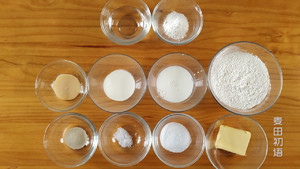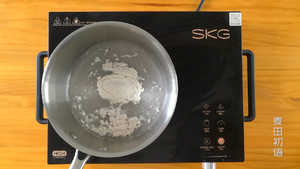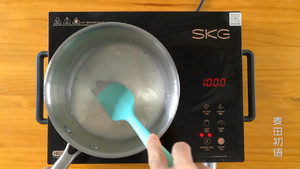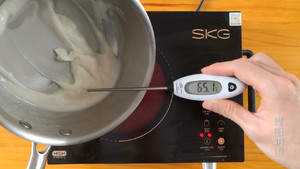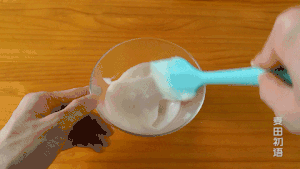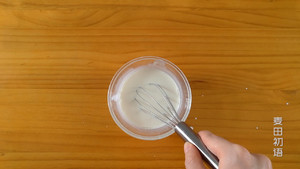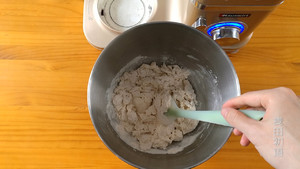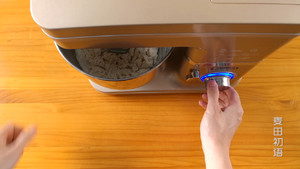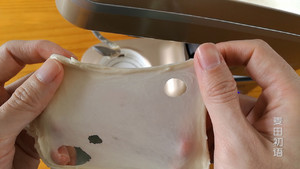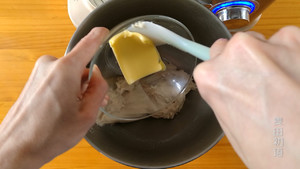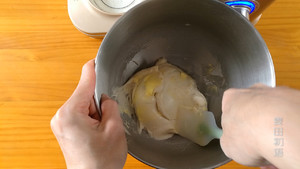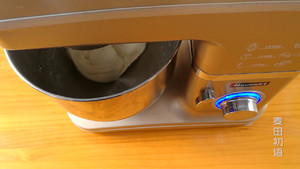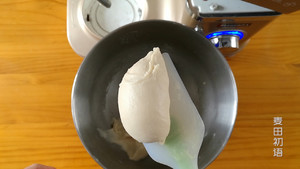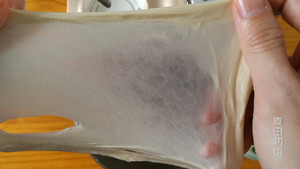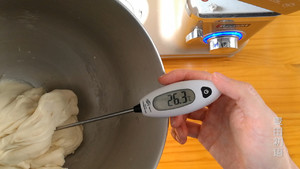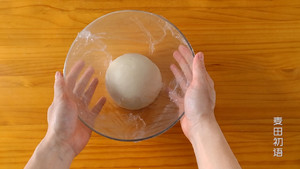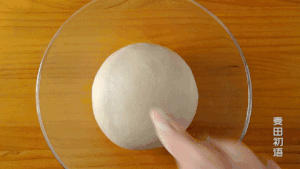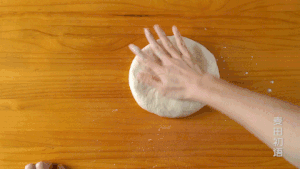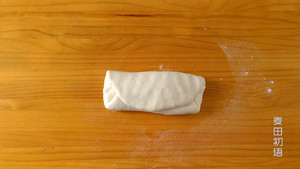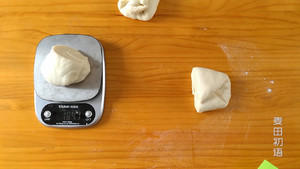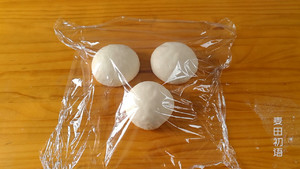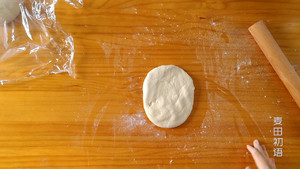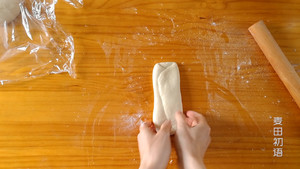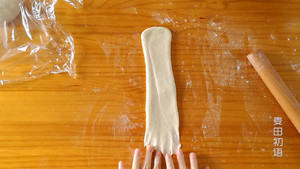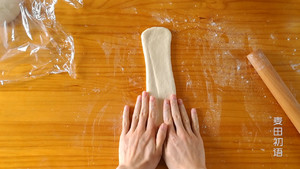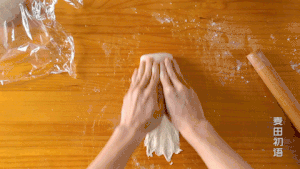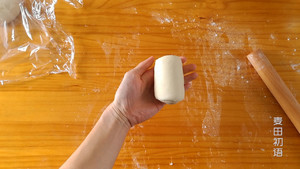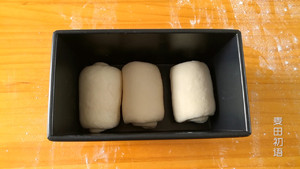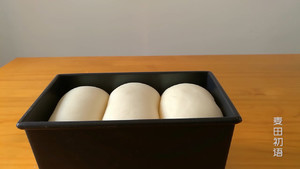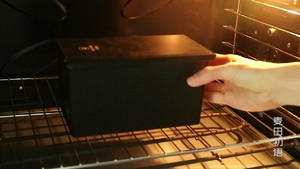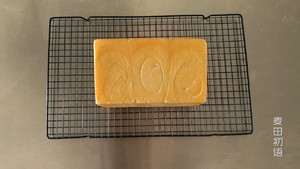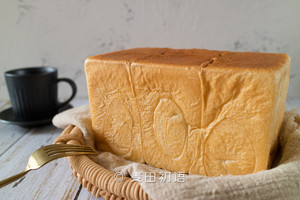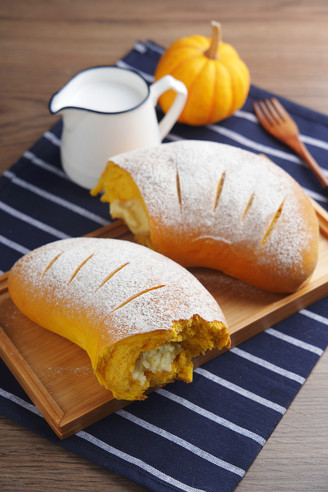Raw Toast that is Too Soft to Hold
by Beginning of the Rye
Favorite
Difficulty
Normal
Time
15m
Serving
2
It is said that the Japanese bakery that launches raw toast can sell 20,000 raw toasts a day. Regardless of whether there is moisture in this data, it is a fact that Japanese-style raw toast is very popular in China. The main reason for this is its softness and mellowness. Compared with ordinary toast, it adopts soup production method, adding milk, whipped cream, condensed milk three dairy products, and even honey can be added to make its fragrance very prominent. Instead of adding eggs, the taste of toast can be more pure.
Whipped cream has about 35% milk fat and more emulsifiers; while condensed milk also has 40% sugar and 30% milk solids. Under the combined action of the fat, sugar, and emulsifiers of these dairy products, the internal organization of the toast is more delicate and the anti-aging ability is also enhanced.
Strictly speaking, soup with bread is actually a direct method. The raw materials for making soup are only flour and water. It does not need to be fermented like medium and liquid seeds. However, the significance of soup is that the flour and hot water are gelatinized first, which increases the water absorption rate of flour, thereby increasing The moisture content of the main dough makes the bread softer.
However, the ratio of adding soup to bread is not the better, because the flour in the soup is heated, the gluten protein has been denatured, and gluten cannot be reproduced. If the ratio is too large, it will affect the gluten of the toast dough. Calculated according to the baking percentage, the soup should account for 30-40% of the weight of the main dough flour. Take the production of 450 grams of toast as an example, 40% of 250 grams of flour is 100 grams, and the ratio of flour to water used in the 65-degree soup method is 1:5. Considering the loss in the production process, then A combination of 20 grams of flour and 100 grams of water is more appropriate.
The process of making 65-degree soup is very simple. Just pour the flour and water into the pot, heat it on a low heat until the batter has a sticky texture, then turn off the heat and cool for later use. You can also make it one day in advance, put it in the refrigerator and use it overnight, which has a better effect and can lower the temperature of the main dough.
Now let's calculate the moisture content of the dough. A total of 270 grams of flour are used in the raw materials, the water content of whipped cream is 60%, and the addition amount is 30 grams; the water content of condensed milk is 30%, and the addition amount is 20 grams; the water content of milk is 90%, and the addition amount is 75 Grams. Adding that the soup has 90 grams of water (10 grams lost during the production process), the total amount of water is 18+6+68+90=182 grams, and then divided by 182 by 270, then the water content of the dough is approximately 67%. It can be seen that the water content is indeed much higher than that of ordinary toast dough.
Mix the cooled soup with the other ingredients of the main dough, and then knead it until it becomes 10 gluten, which is the complete expansion stage. In the process of kneading, you should fine-tune the amount of water according to the water absorption of your flour to make the whole dough moderate in hardness. Control the temperature of the dough below 28 degrees. In the case of high room temperature in summer, you can use refrigerated soup and ice milk. The degree of kneading is better than excessive, otherwise the taste of gluten breakage will become very bad.
The set temperature for one fermentation is 28 degrees, the humidity is 75%, and the fermentation is required to double the volume. In addition to observing the volume, you can also insert your fingers into the dough to see if the dough collapses or rebounds. Rebound indicates insufficient fermentation, and collapse indicates excessive fermentation. The second fermentation requires a temperature of 38 degrees and a humidity of 85%. To make a toast with a lid, the dough needs to be fermented to a height of 80% or more of the mold.
The tightness of the toast tissue is related to the rolling method. The more circles of the dough roll, the more delicate the internal structure, but not as many as possible, usually 2-3 circles. Since the lid restricts the expansion of the toast, the pores inside will be smaller. To make raw toast, it is more suitable to use a black toast box. The reason is that the black mold can absorb more radiant energy from the oven, and the heating efficiency is higher, so that the toast can be matured in a short time, so that it can retain more moisture.
Due to the high water content, milk fat and sugar content of raw toast, the texture of the bread is quite soft and impeccable in terms of taste, but it is slightly inferior in terms of maintaining shape, and it will become after cooling. The feeling of "wrinkled". However, "soft" is the characteristic of this toast, and "wrinkled" is a sign of its success.
If you don't want the shrinkage to be so obvious, you can extend the baking time a little bit, shake out the hot air forcefully after coming out of the oven, and then place it on the drying net to cool. This toast benefits from the raw materials and production methods, and the anti-aging ability of starch is relatively strong. After 3 days of sealed storage, the taste will be soft as before. Before sealing and storing, the toast must be completely cooled, so as to extend the storage time of the toast. After the raw toast is completely cooled, the yeast and alcohol smell evaporate, and the taste is excellent.
Whipped cream has about 35% milk fat and more emulsifiers; while condensed milk also has 40% sugar and 30% milk solids. Under the combined action of the fat, sugar, and emulsifiers of these dairy products, the internal organization of the toast is more delicate and the anti-aging ability is also enhanced.
Strictly speaking, soup with bread is actually a direct method. The raw materials for making soup are only flour and water. It does not need to be fermented like medium and liquid seeds. However, the significance of soup is that the flour and hot water are gelatinized first, which increases the water absorption rate of flour, thereby increasing The moisture content of the main dough makes the bread softer.
However, the ratio of adding soup to bread is not the better, because the flour in the soup is heated, the gluten protein has been denatured, and gluten cannot be reproduced. If the ratio is too large, it will affect the gluten of the toast dough. Calculated according to the baking percentage, the soup should account for 30-40% of the weight of the main dough flour. Take the production of 450 grams of toast as an example, 40% of 250 grams of flour is 100 grams, and the ratio of flour to water used in the 65-degree soup method is 1:5. Considering the loss in the production process, then A combination of 20 grams of flour and 100 grams of water is more appropriate.
The process of making 65-degree soup is very simple. Just pour the flour and water into the pot, heat it on a low heat until the batter has a sticky texture, then turn off the heat and cool for later use. You can also make it one day in advance, put it in the refrigerator and use it overnight, which has a better effect and can lower the temperature of the main dough.
Now let's calculate the moisture content of the dough. A total of 270 grams of flour are used in the raw materials, the water content of whipped cream is 60%, and the addition amount is 30 grams; the water content of condensed milk is 30%, and the addition amount is 20 grams; the water content of milk is 90%, and the addition amount is 75 Grams. Adding that the soup has 90 grams of water (10 grams lost during the production process), the total amount of water is 18+6+68+90=182 grams, and then divided by 182 by 270, then the water content of the dough is approximately 67%. It can be seen that the water content is indeed much higher than that of ordinary toast dough.
Mix the cooled soup with the other ingredients of the main dough, and then knead it until it becomes 10 gluten, which is the complete expansion stage. In the process of kneading, you should fine-tune the amount of water according to the water absorption of your flour to make the whole dough moderate in hardness. Control the temperature of the dough below 28 degrees. In the case of high room temperature in summer, you can use refrigerated soup and ice milk. The degree of kneading is better than excessive, otherwise the taste of gluten breakage will become very bad.
The set temperature for one fermentation is 28 degrees, the humidity is 75%, and the fermentation is required to double the volume. In addition to observing the volume, you can also insert your fingers into the dough to see if the dough collapses or rebounds. Rebound indicates insufficient fermentation, and collapse indicates excessive fermentation. The second fermentation requires a temperature of 38 degrees and a humidity of 85%. To make a toast with a lid, the dough needs to be fermented to a height of 80% or more of the mold.
The tightness of the toast tissue is related to the rolling method. The more circles of the dough roll, the more delicate the internal structure, but not as many as possible, usually 2-3 circles. Since the lid restricts the expansion of the toast, the pores inside will be smaller. To make raw toast, it is more suitable to use a black toast box. The reason is that the black mold can absorb more radiant energy from the oven, and the heating efficiency is higher, so that the toast can be matured in a short time, so that it can retain more moisture.
Due to the high water content, milk fat and sugar content of raw toast, the texture of the bread is quite soft and impeccable in terms of taste, but it is slightly inferior in terms of maintaining shape, and it will become after cooling. The feeling of "wrinkled". However, "soft" is the characteristic of this toast, and "wrinkled" is a sign of its success.
If you don't want the shrinkage to be so obvious, you can extend the baking time a little bit, shake out the hot air forcefully after coming out of the oven, and then place it on the drying net to cool. This toast benefits from the raw materials and production methods, and the anti-aging ability of starch is relatively strong. After 3 days of sealed storage, the taste will be soft as before. Before sealing and storing, the toast must be completely cooled, so as to extend the storage time of the toast. After the raw toast is completely cooled, the yeast and alcohol smell evaporate, and the taste is excellent.



